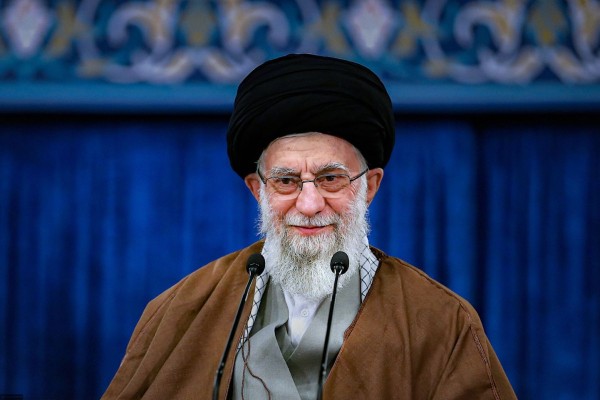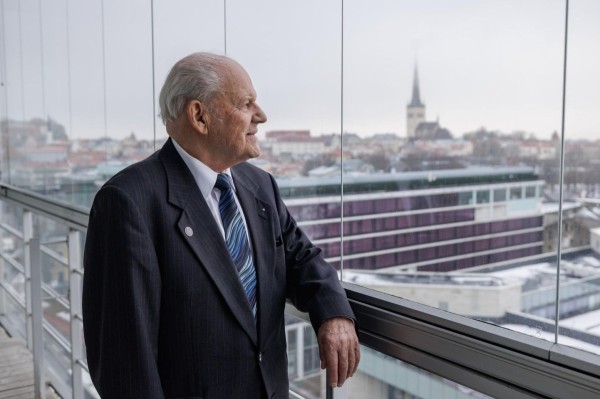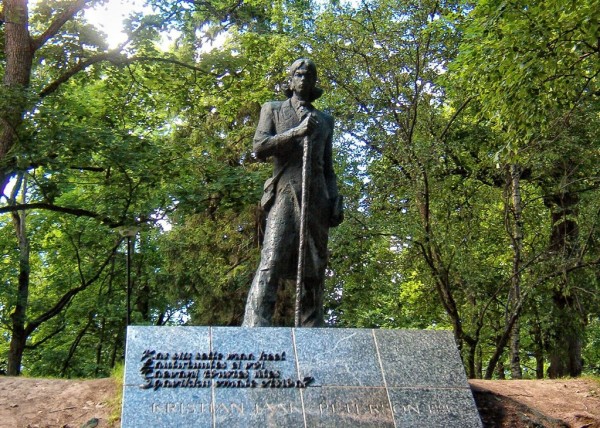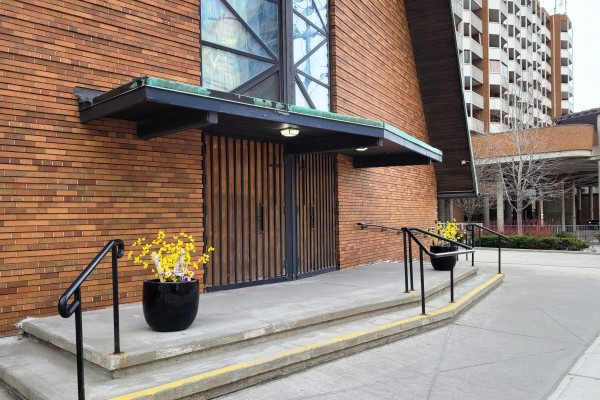It’s international affairs time! This summer I taught a class of students from Shanghai University about Estonian Culture for ÜT. I was rather daunted by a combination of the legends of Kalevipoeg, poet Betti Alver, composer Arvo Pärt, hugely successful film animator Priit Pärn, Õllesummer (Summer Beer Festival), Tiigrihüpe (The Tiger Leap computers-into-schools programme), Baruto Kaito (award winning Estonian Sumo wrestler – Baruto mean “Baltic Sea” in Japanese) and Google but I put on my mortar board, got to work and ended up thoroughly enjoying myself.
It doesn’t make much sense to me to interpret “culture” as exclusively “high culture.” We didn’t have any of the “high” stuff for 10,000 years but we certainly had our songs and poetry. What does this “high” mean? Are the books, CDs or DVDs on the top shelf of the library? All modern nations have many “cultures” and Estonia is no exception. We have traditional culture (folk song, dance and costume), our culture of learning (our 589 schools, 28 institutes of vocational learning, five universities, 250 museums, hobby clubs, the Academy of Science), our on-line virtual culture nurtured by the ambitious “Tiger Leap” policy (Estonians are the most active users of computers in the EU), our business culture (that, whatever your view, has an excellent international reputation), our political culture (pass on quickly), our oral, literary, musical, cinematic and theatrical culture, our painting, sculpture and architecture, our sports, our culinary culture and the ethnic minority cultures that we play host too. What a rich heritage!
Connections between the second Republic of Estonia and the People’s Republic of China stretch back 20 years. We have co-operation agreements on science and technology, trade, culture, education, taxation, business and transport. Estonia celebrates Chinese New Year (my student’s particularly liked the Chinese ice sculptures in Tallinn and Tartu). The former captain of the Estonian national football team (Raio Piiroja) now plays for Chengdu Blades in southwest China. Children’s choirs from Saku and Tianjin (in northern China) have exchanged visits, Chinese films and music are seen and heard here and there’s been an Estonian film festival in Shanghai.
Also in Shanghai the (folksy with stripes) Estonian pavilion at EXPO 2010 was admired and our choirs had to put on extra performances! Chinese languages (there are at least seven) and culture are taught at Estonian universities (the Confucius Institute opened at Tallinn University in 2010) and the Estonian language is taught at Beijing Foreign Studies University. Finally the Estonian and Chinese Academies of Science have an Understanding for Scientific Co-operation. China, with its 1.35 billion people (the largest population in the world) is in stark contrast with Estonia with its 1.34 million people (one of the smallest world populations) but these everyday connections, irrespective of the differences between our sizes, cultures and politics are, in my opinion, of great value in a we-are-all-human-eat-sleep-fall-in-and-out-of-love-and-use -the-WC sort of way.
The Shanghai students were puzzled about our past and asked why different rulers had occupied us for centuries. It’s not as if Estonia is crammed with gold mines, has fabulously productive farmlands or is drenched in perpetual sunshine. I had hoped to skim over our horrible history by indicating that the area of modern “Estonia” has been populated since the end of the last Ice Age (about 10,000 BC) and that a mere 700 years (6% of the time) has been spent as imperial colonies. This did not work. The students were far too smart. Hmm. I called a quick coffee break and consulted my teaching material. The answer turned out to be simple. Using a toy sword purchased for my seven year old cousin’s birthday (that just happened to be in my bag) as a pointer and a projected map of the world, I was able to show that Estonia, since the rise of the Hanseatic League and the City of Novgorod has always been on the way to somewhere else stuffed with goodies. The Germans wanted the road to Novgorod (the junction between the “road from the Vikings to the Greeks” and the Silk Road to, yes, China!). Peter the Great wanted his “window to the west” in order to drag Russia, kicking and screaming, into the 17th century.
In our time, the Estonian Logistics Cluster Mission is developing a transport corridor through the Ports of Halifax (Canada) and Tallinn connecting the US and Canadian hinterlands with Russia, the CIS, central Asia, Afghanistan and northern China. Container trucks carrying shoes and clothing, textiles, fresh and frozen meat, raw materials for paper manufacturing, non-ferrous metals, light industrial products, machinery and electrical products, not to mention oil tankers, are rattling to and fro across Estonia by rail or road to distant destinations all over the globe as we go about our daily round or snooze in our beds.
My second encounter with the big wide world took place back in Tartu at the Alexei Mishin Summer Skating School show at Lõunakeskus ice rink. I like ice skating because 1) it’s first cousin to ballet and 2) I admire people who can do things that I can’t. Even if I was able to keep upright I have visions of myself gliding across the rink to crash into the Maxilla sign on the barrier ... Alexei Mishin is a Russian figure skating coach who was Soviet champion and a World silver medallist (both wins with Tamara Moskvina) in 1969. He’s trained, among a host of successful skaters, Swiss world champions Stéphane Lambiel and Sarah Meier. This year, at Lõunakeskus, Swiss skaters performed alongside youngsters from Latvia, South Africa, Germany, Austria, Sweden, Estonia, Serbia, Russia, The Netherlands, France and Belgium. The youngest was a little girl aged 3 who even the waitresses and shop assistants stopped to cheer on. The standard was excellent and no doubt the world will hear of young talent first seen in Tartu …
I leave you (striking a presidential pose while an unimpressed kass Jelli sleeps on in the summer sun) with a paraphrase of one of our greatest cultural figures, Gustav Suits – “Let us be Estonians but let us also be citizens of the world!”
(First appeared in Estonian in [i]Maaleht
Bird Droppings from Estonia: Looking back at August
Arvamus
TRENDING


























